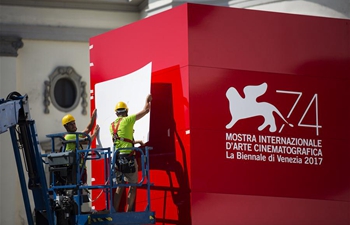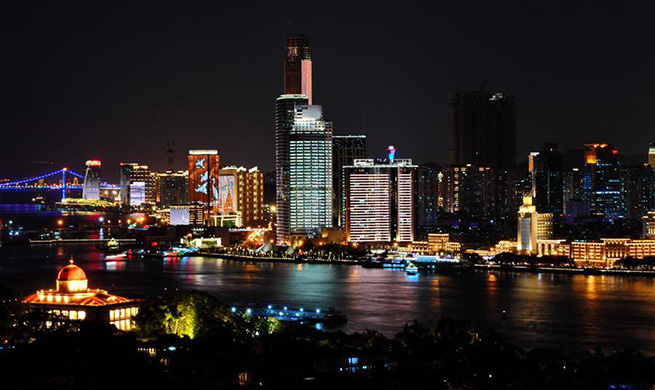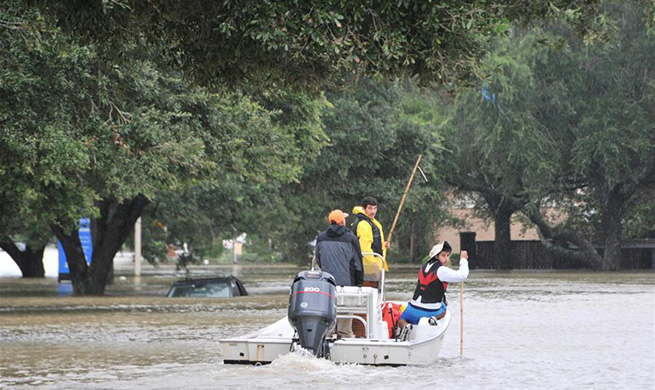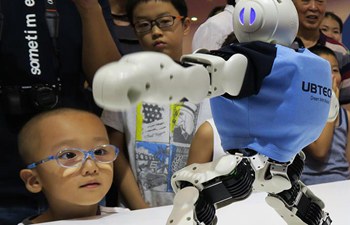WUHAN, Aug. 30 (Xinhua) -- Imagine boarding a train in Beijing and half an hour later you are at a meeting in Wuhan, some 1,100 km away. This may become a reality some day, as a Chinese company has announced a plan to develop a supersonic HyperFlight transport network with speeds of up to 4,000 kilometers per hour.
China Aerospace Science and Industry Corporation (CASIC) announced the plan at the third China (International) Commercial Aerospace Forum Wednesday.
HyperFlight speeds will be ten times those of traditional high-speed trains, and five times those of passenger aircraft, sources with CASIC said at the forum in Wuhan, capital of central China's Hubei Province.
The HyperFlight program has three steps: first, a regional inter-city network with speeds of 1,000 km per hour; second, a national transport network of urban clusters with speeds of 2,000 km per hour; finally, an international network with speeds of 4,000 km per hour.
Apart from CASIC, a few companies, including HTT and Hyperloop One in the United States claim to be developing a transport systems with speeds of more than 1,000 km per hour. The CASIC plan is far more ambitious. It has teamed up with more than 20 Chinese and foreign institutions that already hold over 200 patents in Hyperflight-related technology.
HyperFlight will reduce air resistance with a low vacuum environment and supersonic shape, and reduce friction via magnetic suspension.
In contrast to most overseas HyperFlight trains that require a minimum speed to lift them up, the Chinese version plans to use new technology to allow suspension at zero speed and without wheels.
HyperFlight will shorten the transport time between cities, avoid weather influences and fossil fuel consumption, as well as allow easy access to urban subways. It represents the future of transport technology, according to Mao Kai, technical director of the project.
Mao added HyperFlight would accelerate and decelerate at a rates humans can easily withstand.
"It is the same as taking a plane. We may feel a little uncomfortable when the plane is speeding up, but not during the flight. How our body reacts depends on acceleration, not the speed itself," said Mao.

















